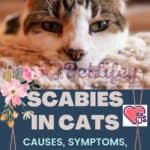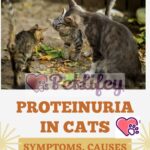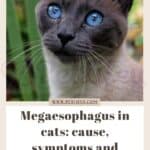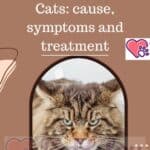What do polyuria and polydipsia indicate in cats? All you need to know about the particularities, the causes and the remedies to these two problems that can affect both the cat and the dog.
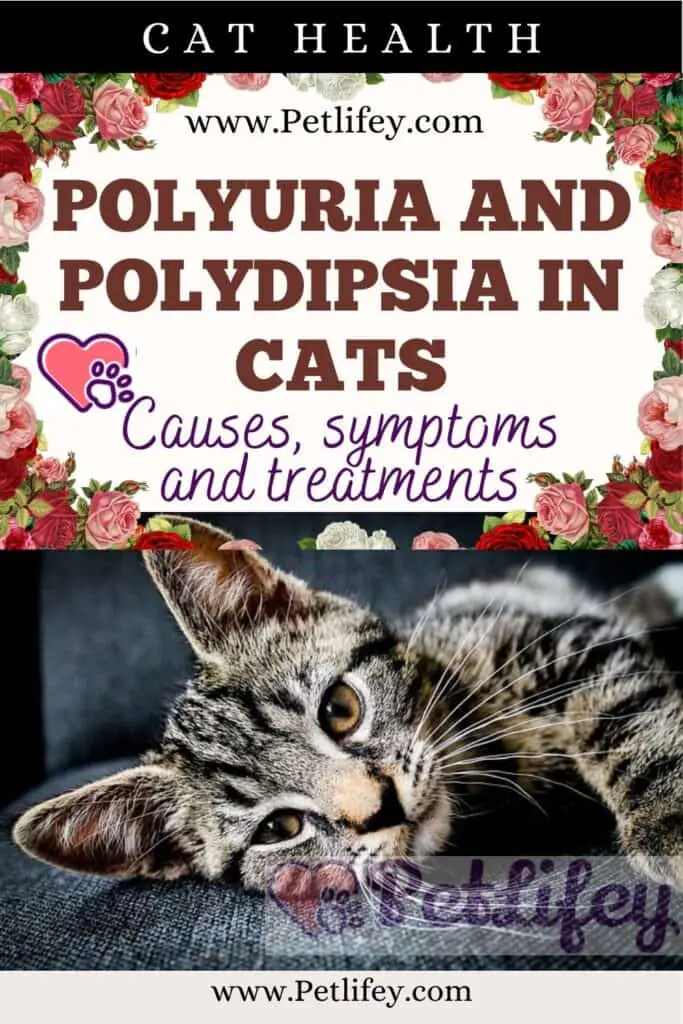
In reality, understanding what they are and the causes for which polyuria and polydipsia occur in cats is only part of the problem: in fact, they can be important signals of other more or less serious ongoing pathologies. It is important to understand what could be causing them and how to deal with both problems that can affect both dogs and cats. We will see the differences and why the two are somehow ‘linked’ and at what age it occurs most frequently.
Polyuria and polydipsia in cats and dogs: what they mean
What do these terms, often also known with the initials PU and PD indicate? In reality, these are not pathologies but symptoms of ongoing disorders, so noticing them does not mean having ‘solved’ the mystery.
The pathologies that have polyuria and polydipsia as effects can be many and varied, both acute and chronic, linked to a specific age of the cat or not. But what should we expect from a feline who suffers from it? In the first case the cat urinates a lot and in the second case he drinks the same.
In reality the two terms, or symptoms, are not unrelated, indeed very often they coexist in the same animal at the same time. The frequency and ‘force’ with which they then manifest themselves depends on the type of disease to which they are linked: in some they appear more slowly, in others they are sudden and violent.
Polyuria and polydipsia in cats: the most frequent causes
More than anything else we should ask: what is the disease that most frequently has these two as its main symptoms? The answer is: diabetes mellitus in cats. In addition to the need to urinate and drink more, you may also have: an increase in appetite and weight loss. It often occurs in the older cat, along with a number of other problems related to advancing age.
Another pathology that can lead to PU and PD is renal failure in cats, which can be both acute and chronic. If the first is more violent, on the other hand, it can often be treated and resolved while in the second case it may be too late to intervene when the functioning of the pancreas is compromised.
Another possible cause is pyometra in cats, a very rare uterine infection in felines but which can often be resolved with the total removal of the uterus and ovaries. One of the positive effects of neutering the cat is also a lower incidence of this disease.
To these pathologies we must add problems with the biliary tract, liver, immune system and important thyroid dysfunctions; in not so rare cases the cause can also be weight gain or boredom, which leads the cat to feel alone and abandoned and to drink more.
Polyuria and polydipsia in cats: what is best to know
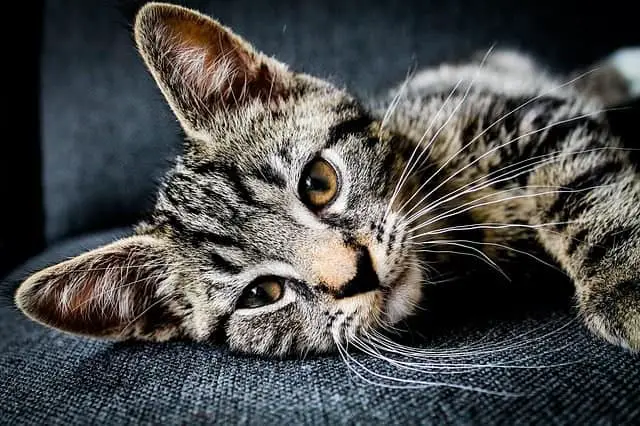
It is normal to worry about the health of our beloved domestic feline and immediately think of the worst, to run for cover as soon as possible, but it may happen that these two symptoms are simply ‘transient’ and linked to a change in diet for example.
In fact, if you switch from a diet based on wet to dry food for the cat, it is likely that the cat tends to compensate for the lack of fluids by drinking more and trying to assimilate water in another way, perhaps directly from the bowl.
However, only the veterinarian will be able to resolve our doubts and understand the disease underlying the problem: once diagnosed, he will be able to seek the most suitable treatment to solve it, whenever possible. The only (and important) thing we owners can do is pay attention to this change in habits on the part of our feline, especially if it is used to being often outside, escaping our watchful eye.

